Practice Makes Perfect
The Path Of Yoga. Embarking on a Yoga journey as a beginner can be exciting and overwhelming. Yoga offers many...
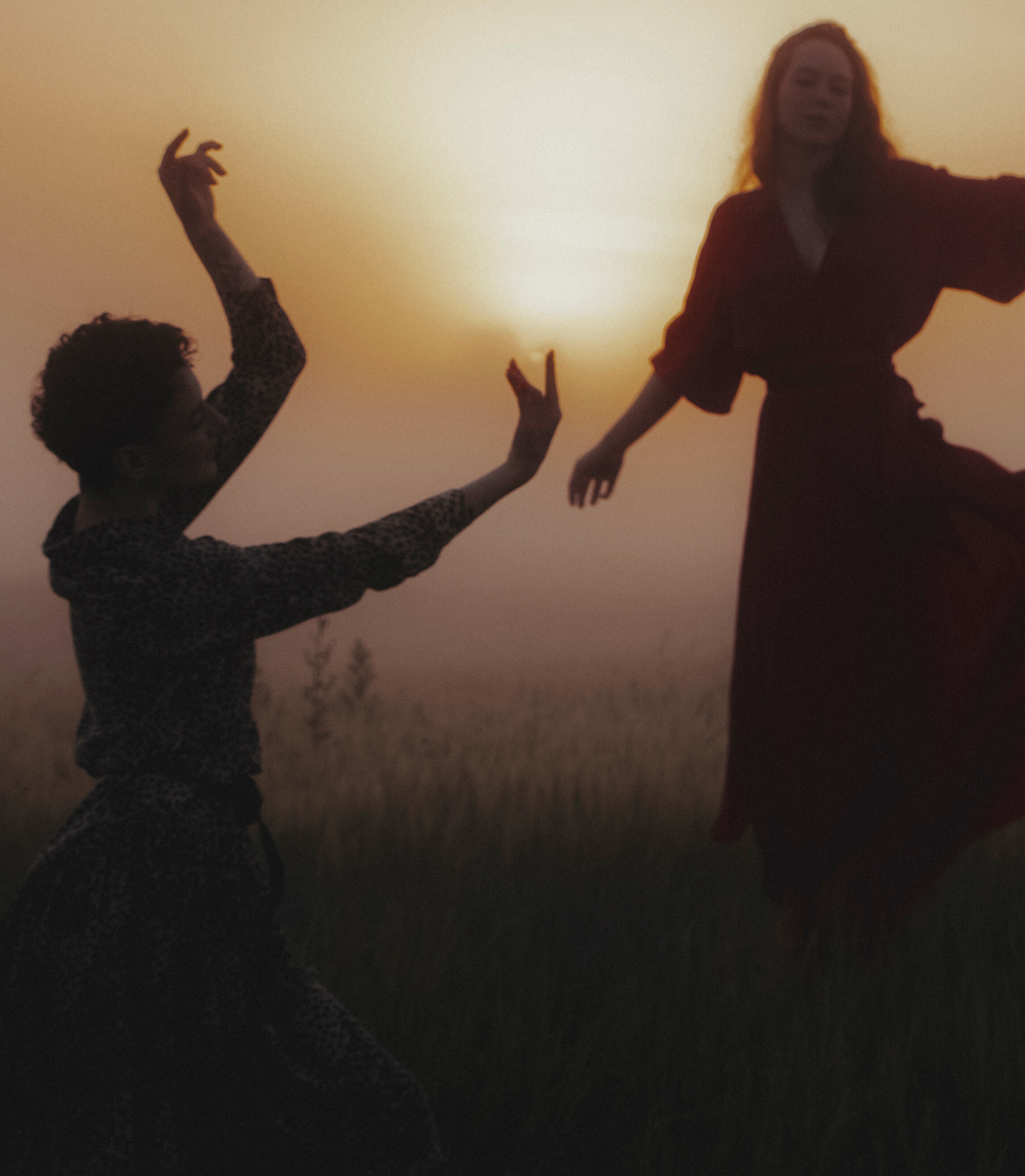
|
Getting your Trinity Audio player ready...
|
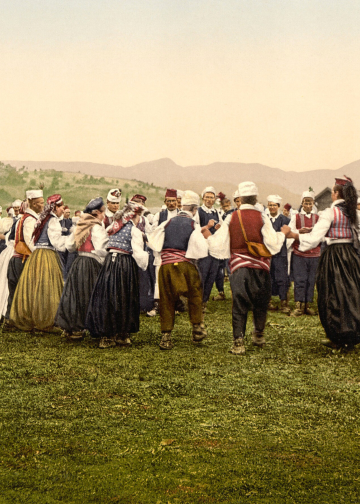
Dance is one of the oldest forms of human expression, transcending language and culture to tell stories, celebrate life, and connect to something greater than ourselves. Much like Yoga, dance is a practice that unites body, mind, and spirit, allowing us to explore movement as a form of self-discovery and healing. Whether through structured choreography or free-flowing movement, dance has always been a way for people to tap into their inner world, process emotions, and find joy.
Incorporating dance into a mindful movement practice can be a powerful way to enhance body awareness, release stuck energy, and embrace authentic self-expression. By exploring its historical and cultural significance, we can see how dance is an art form and a profoundly personal and spiritual practice, much like Yoga.
In India, classical dance forms such as Bharatanatyam and Odissi have been practiced for centuries as a means of storytelling and devotion. Initially performed in temples, these dance forms are rooted in Hindu mythology. They use intricate hand gestures (mudras), facial expressions (abhinaya), and dynamic movement to communicate spiritual themes. These ancient dances share similarities with Yoga, particularly their emphasis on breath control, posture, and inner awareness.
Across African cultures, dance has been used to connect with ancestors, express communal identity, and heal emotional wounds. Many traditional African dances are intensely rhythmic, involving grounded movements, percussive footwork, and spontaneous expression. These dances often emphasize connection to the earth, like Yoga’s emphasis on rooting through the feet in standing postures.
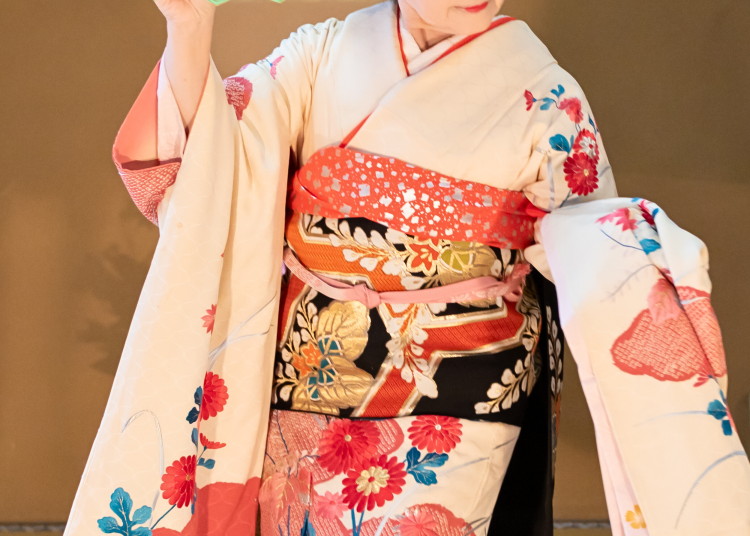
Tai Chi and Qigong blend slow, intentional movements with breath awareness in China to cultivate inner balance and harmony. Similarly, in Japan, traditional dances such as Noh and Butoh explore controlled, expressive movement as a means of storytelling and meditation. Much like Yoga, these practices encourage practitioners to move with awareness, emphasizing fluidity and the connection between breath and movement.
During the European Middle Ages, dance evolved as a communal and courtly tradition, serving as entertainment and social ritual. By the Renaissance, dance had become more refined, with structured forms like the pavane and galliard performed in royal courts. Though these dances were often formalized, they allowed individuals to express themselves through movement and music.
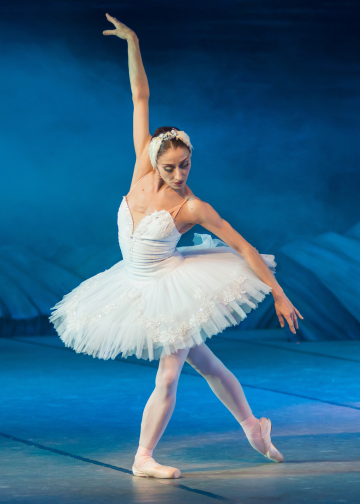
The 19th and 20th centuries saw the rise of ballet, a highly disciplined art form that requires strength, flexibility, and precise movement. However, dancers such as Isadora Duncan and Martha Graham challenged rigid forms as the century progressed, pioneering modern dance as a freer, more expressive movement style. Duncan, in particular, was influenced by nature, Greek philosophy, and Eastern spirituality, creating deeply intuitive dance and connecting it to the breath principles that align with Yoga.
Today, many contemporary dance styles integrate Yoga, martial arts, and somatic movement elements. Gaga dance, developed by Israeli choreographer Ohad Naharin, encourages dancers to move with deep internal awareness, much like a Yoga flow. Similarly, ecstatic dance and 5Rhythms provide a free movement structure emphasizing mindfulness, breath, and self-exploration.
Dance and Yoga share fundamental principles: awareness, breath, energy, and expression. Both practices allow us to move beyond the physical and into a deeper connection with ourselves.
Through mindful movement, we learn to trust our bodies and express emotions that may be difficult to express verbally.
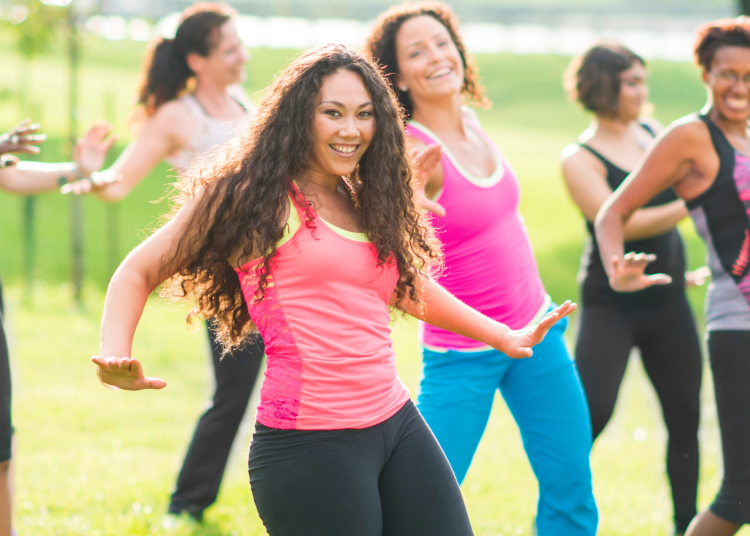
You don’t need to be a trained dancer to move with freedom and joy. Here are some ways to incorporate dance into your mindful movement practice:
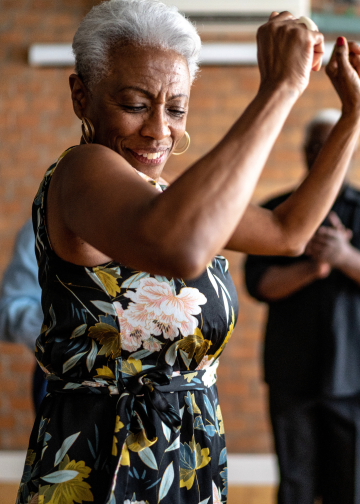
Like Yoga, dance is an ancient practice that connects us to something greater—history, culture, community, or our inner world. Movement is a language of the soul, allowing us to express, heal, and explore parts of ourselves that words cannot reach.
By embracing dance as part of a mindful movement practice, we step into a space of joy, freedom, and deep self-awareness. Whether you dance in a studio, in your living room, or under the open sky, let your body speak through movement. No choreography is needed—just a willingness to explore, express, and move with presence.
So, breathe, put on some music, and let yourself dance.
Photos © fat camera via canva.com
Photo © Everett Collection via canva.com
Photo © d_morita via canva.com
Photo © nikidinov via canva.com
Photo © fg trade via canva.com
The Path Of Yoga. Embarking on a Yoga journey as a beginner can be exciting and overwhelming. Yoga offers many...
Stress Causes Growth At Slow Harvest Yoga, we revel in rest, softness, and slowness, but we also know that growth...
Aging is often framed as a process of decline—losing strength, energy, and flexibility. But what if we shifted the...
There’s something about lacing up your boots, stepping onto a trail, and breathing in that fresh air that just makes...
Restorative Yoga: Have you ever been curious about Restorative Yoga but unsure what to expect? Maybe you’ve seen photos of...
Yoga Nidra-NSDR Deep rest is becoming a necessity rather than a luxury in a world that never seems to slow...
© 2025 Slow Harvest Yoga